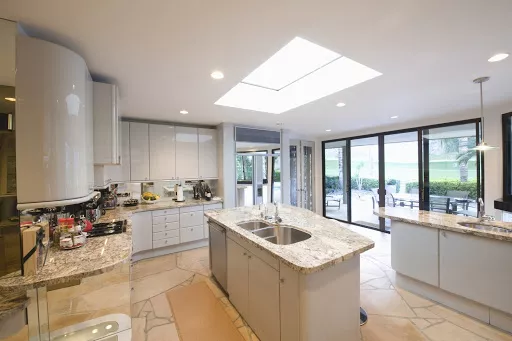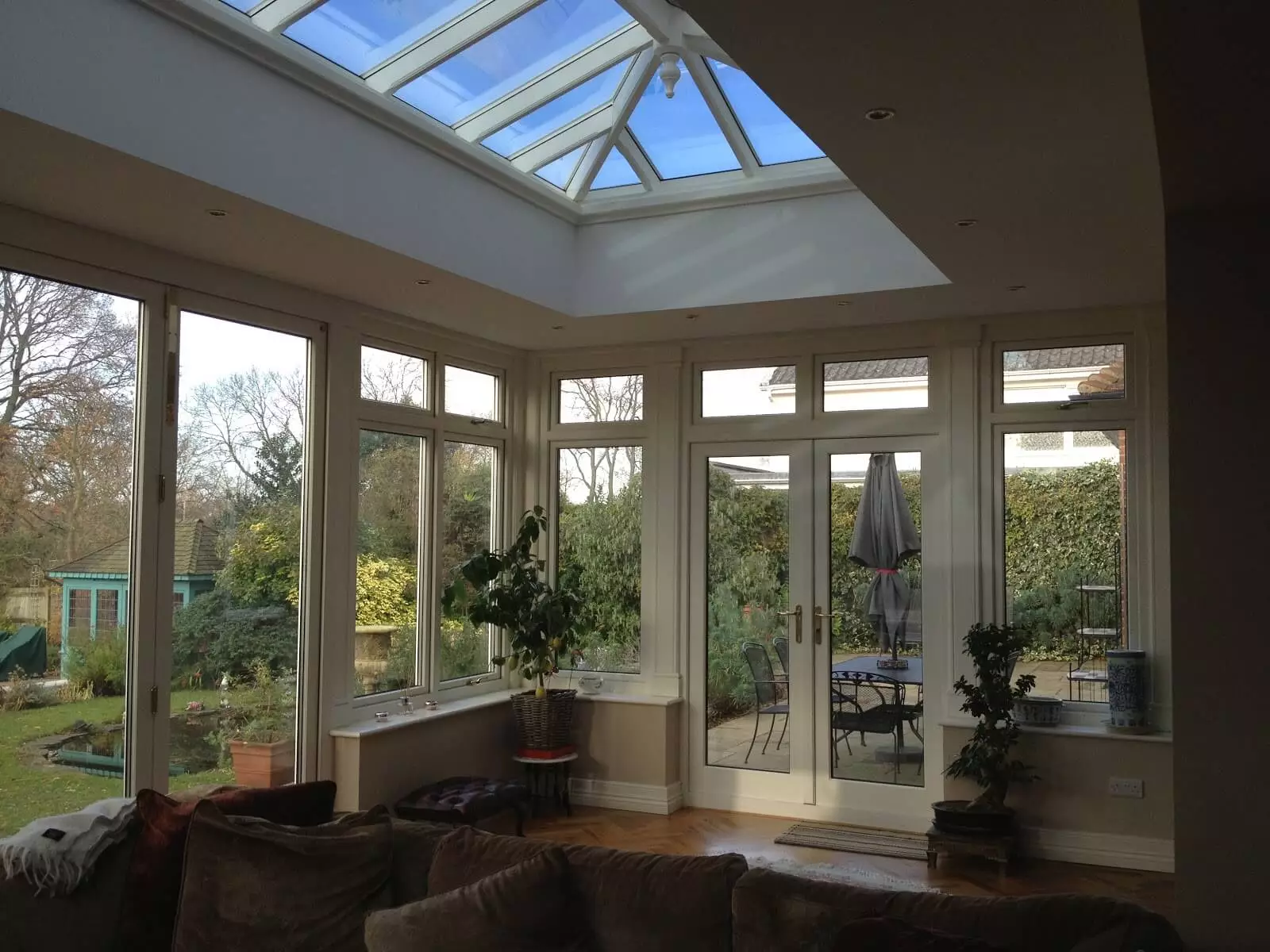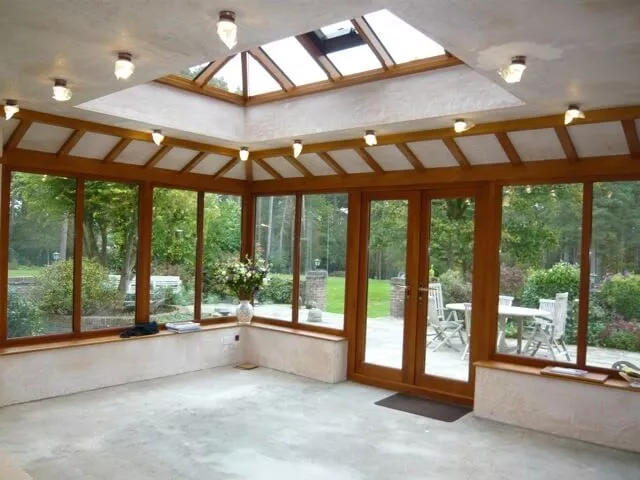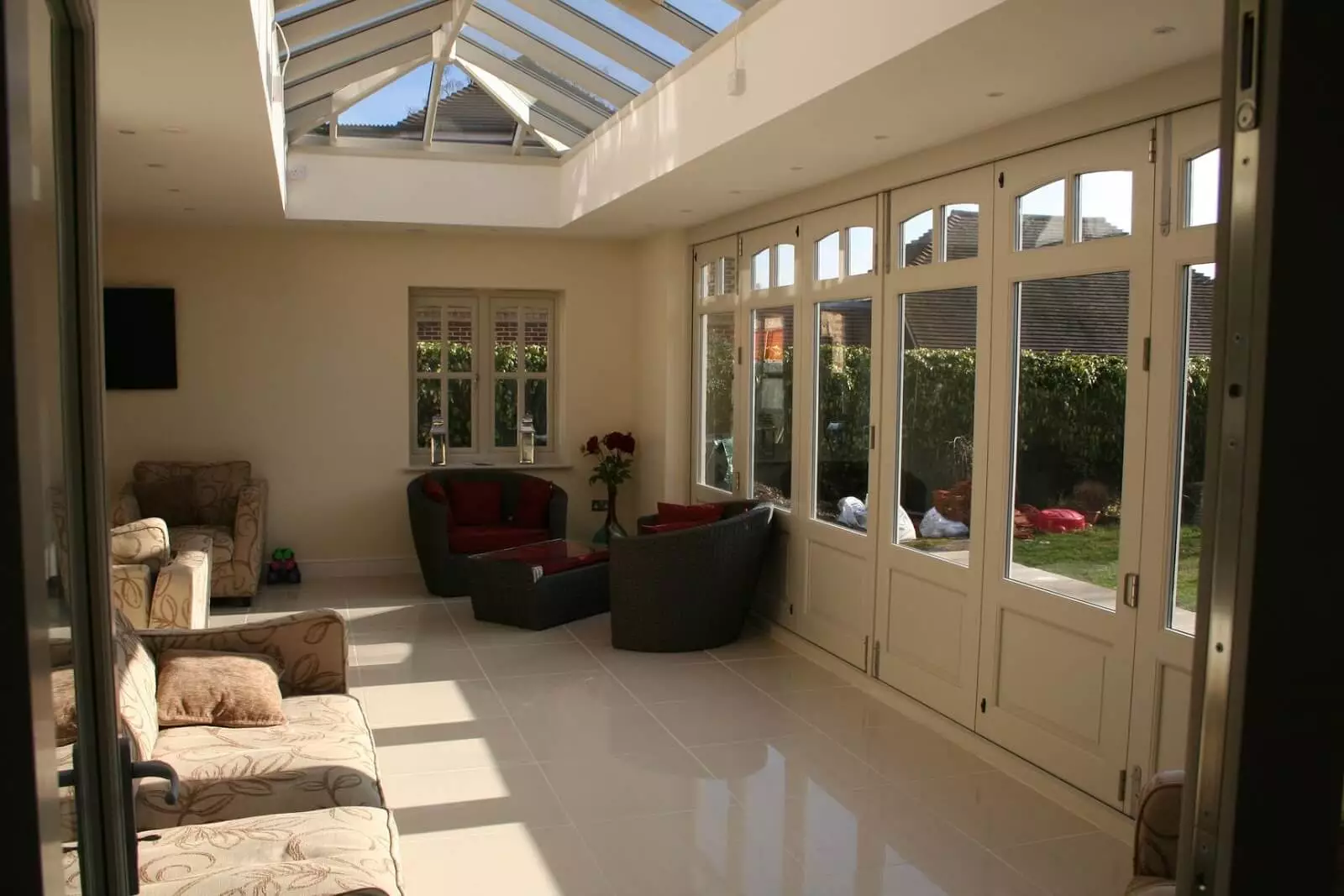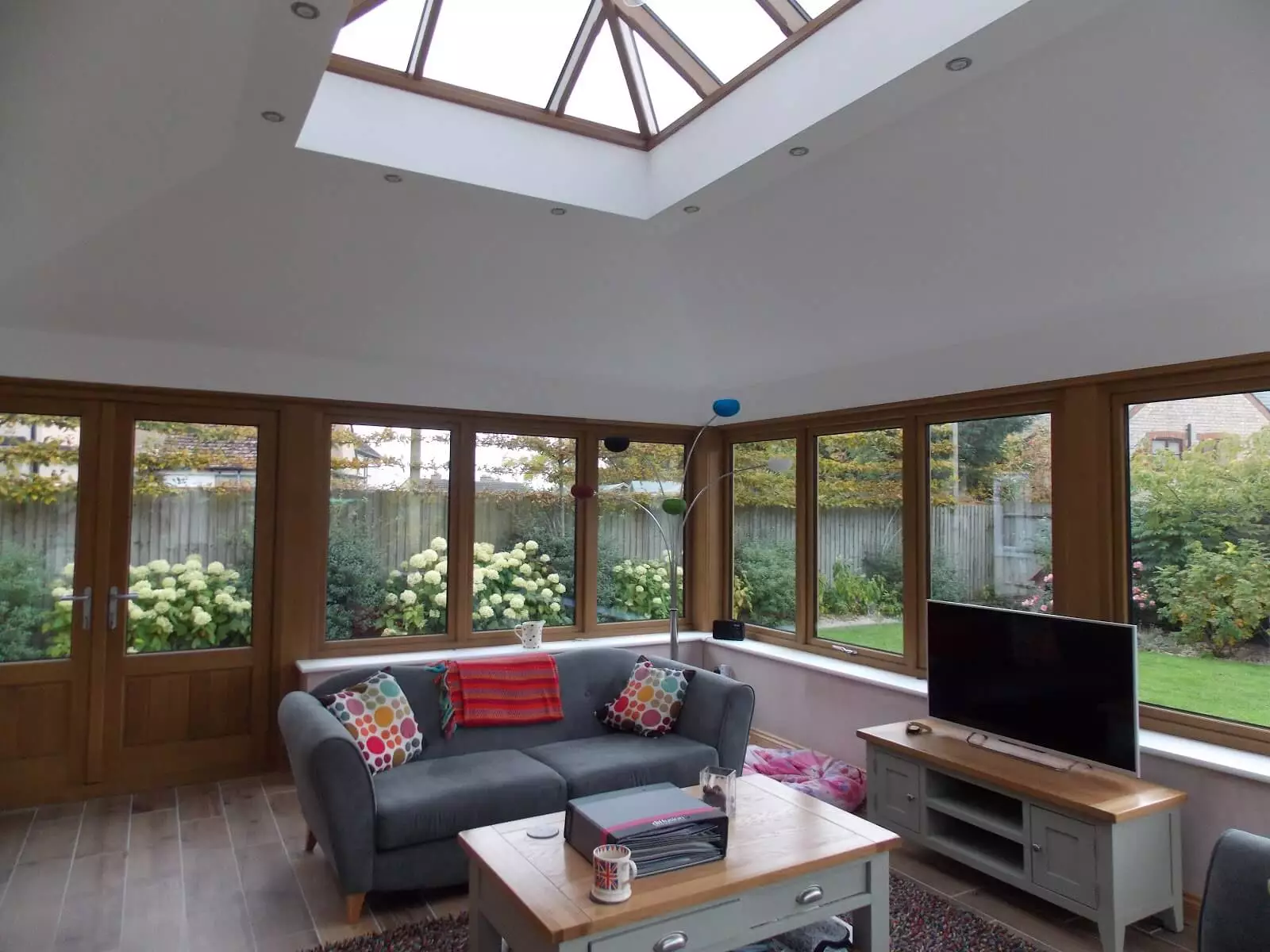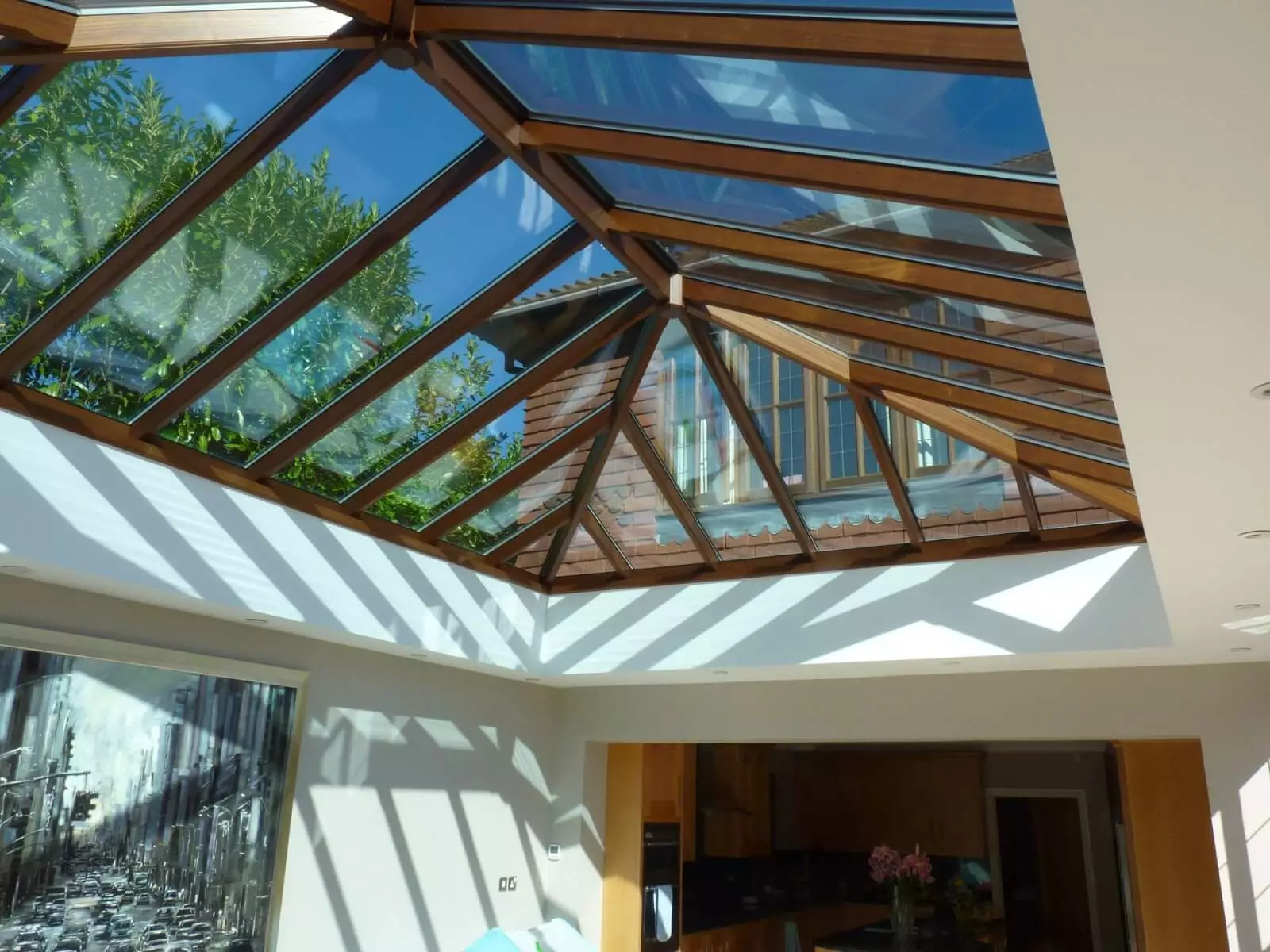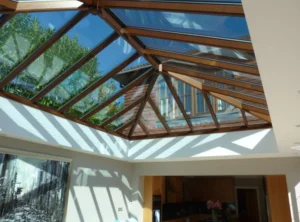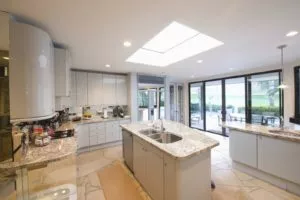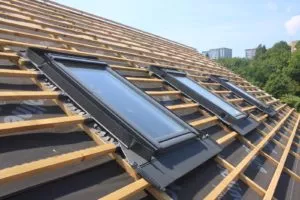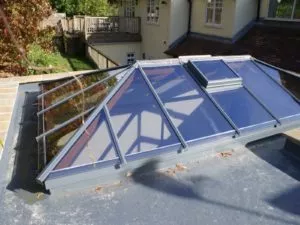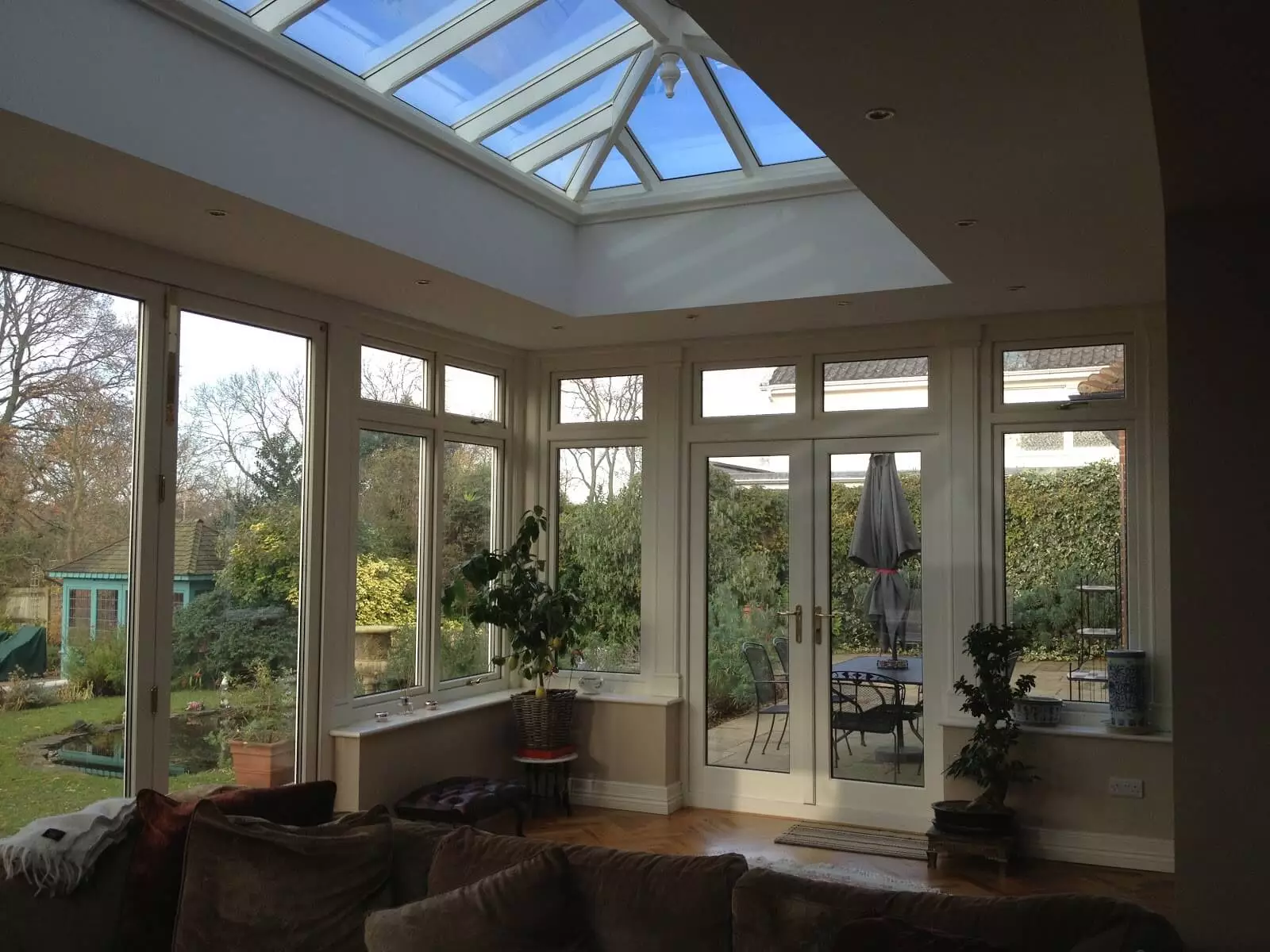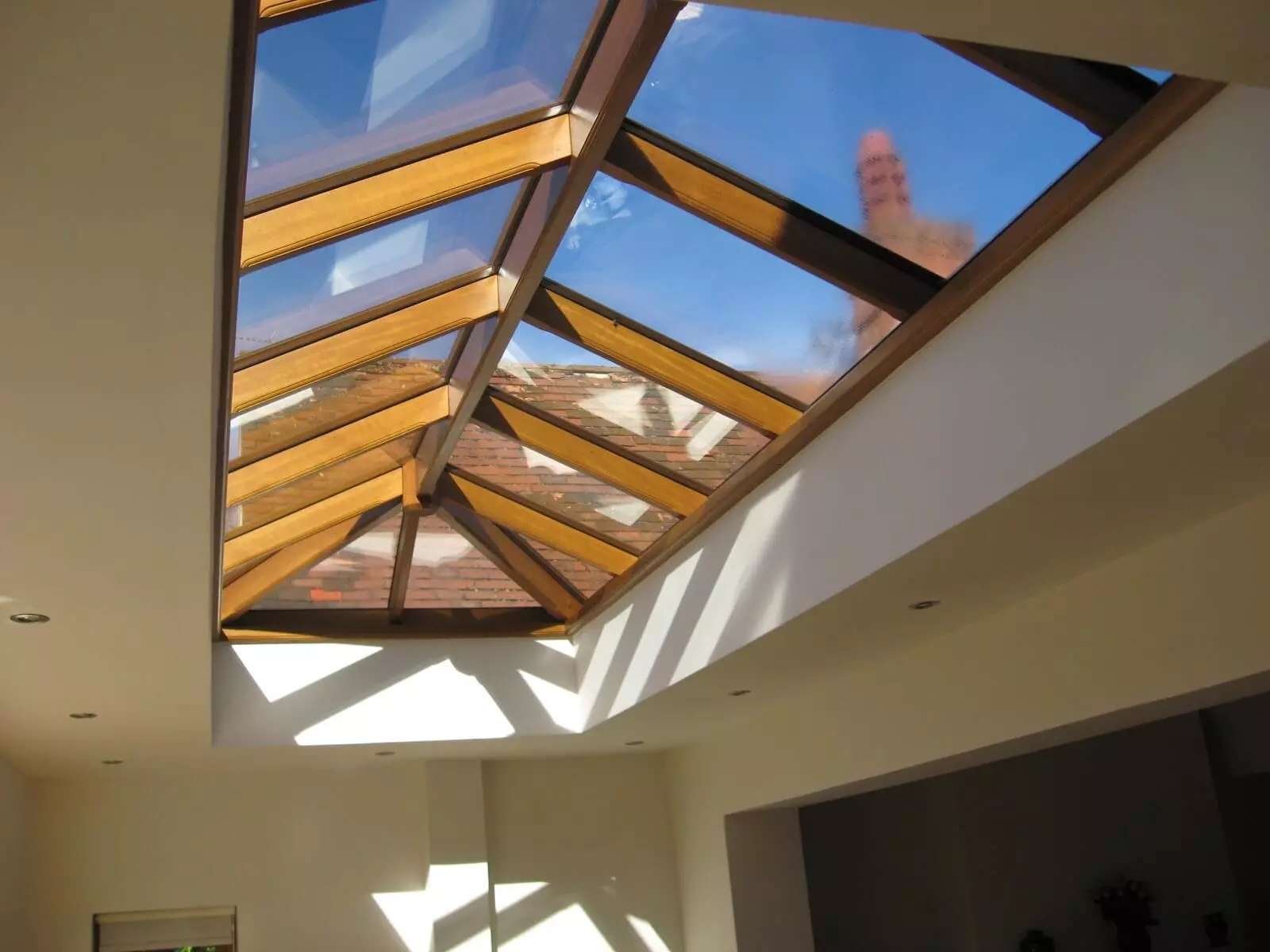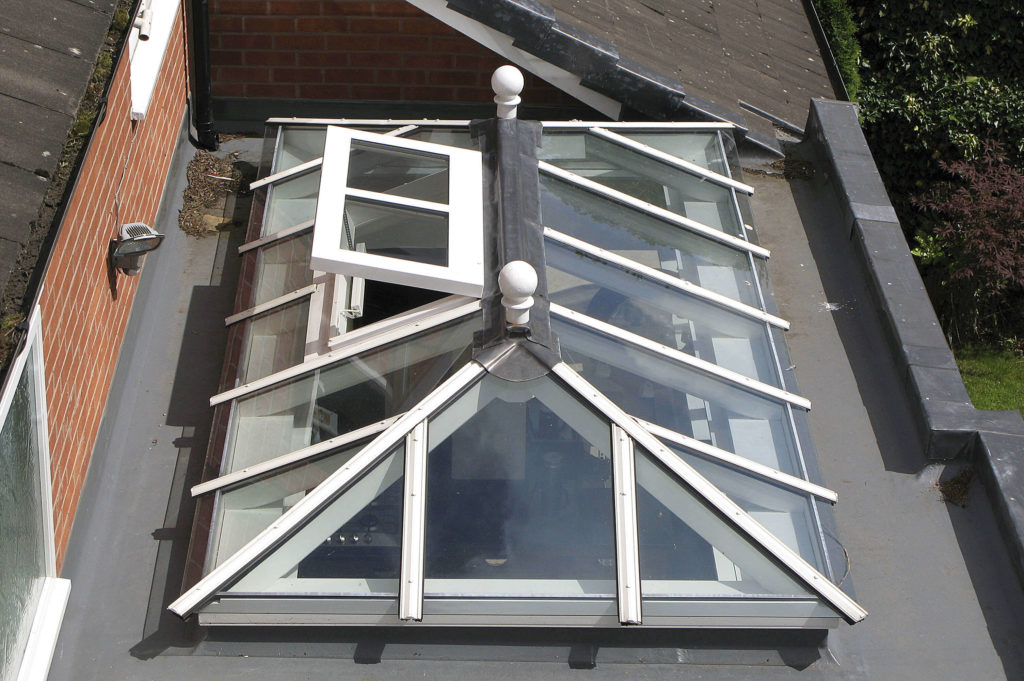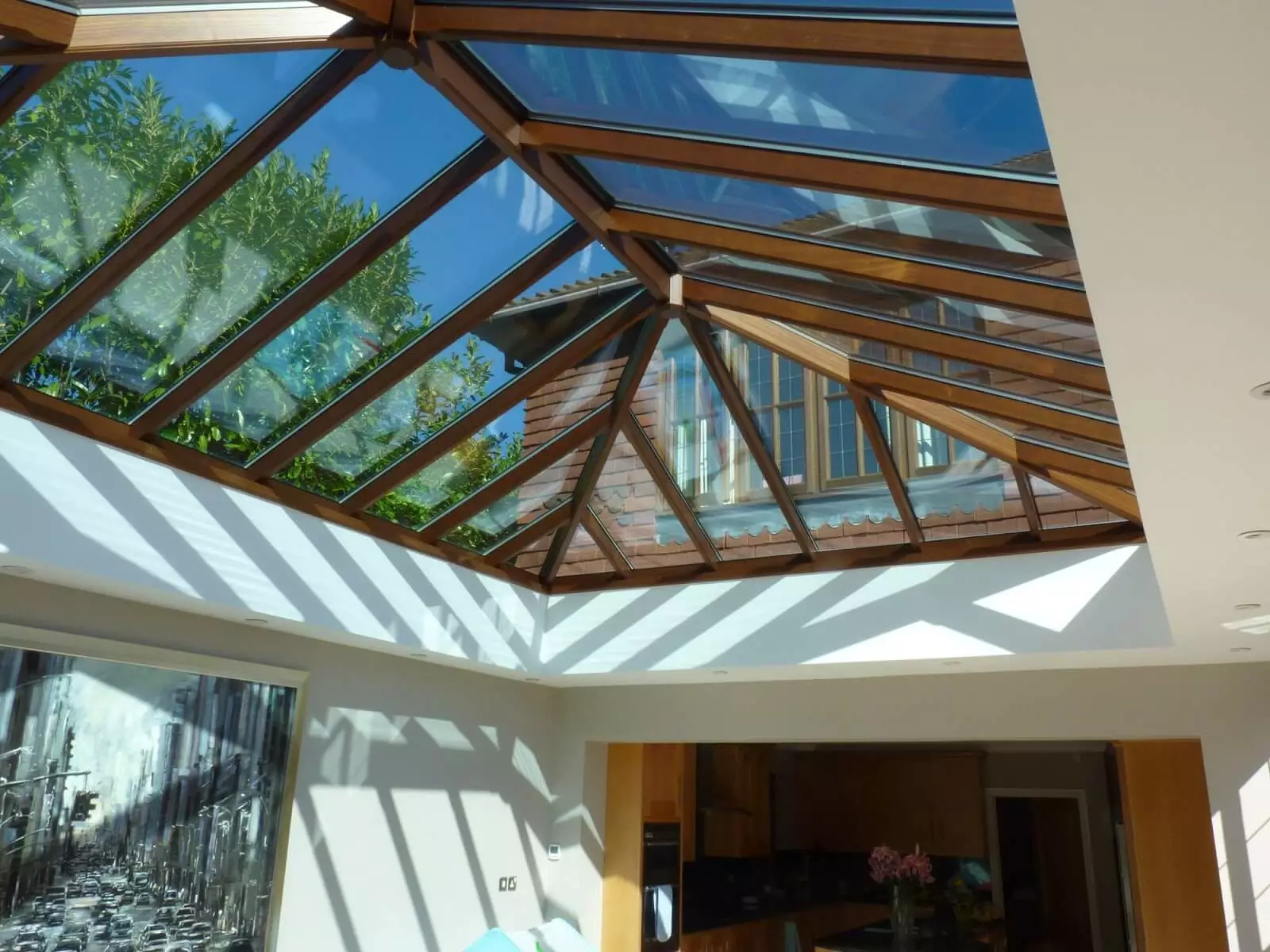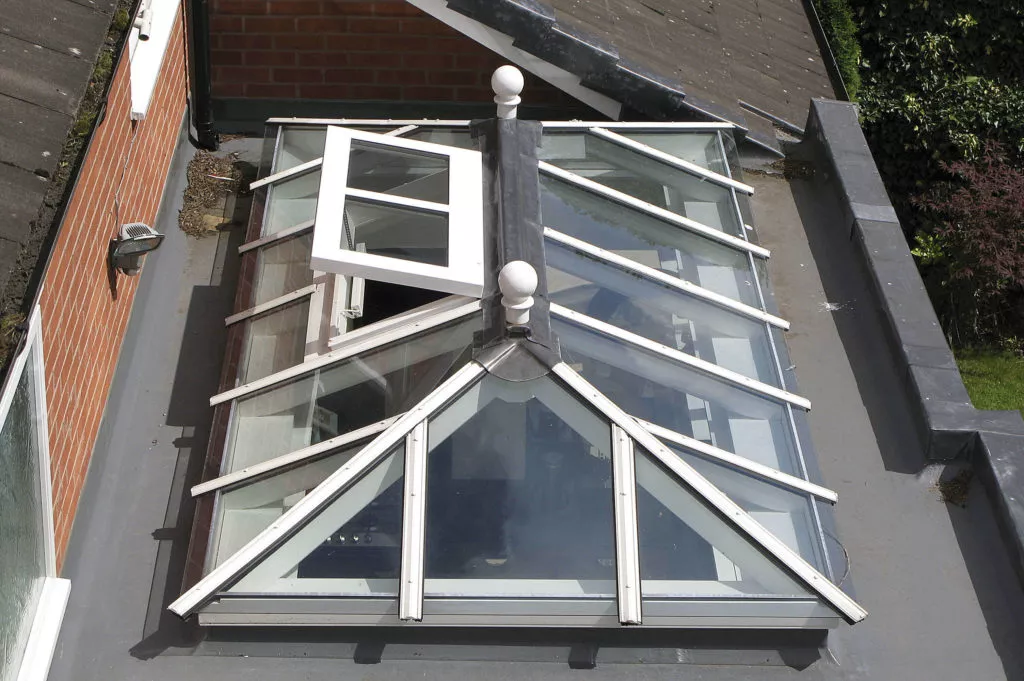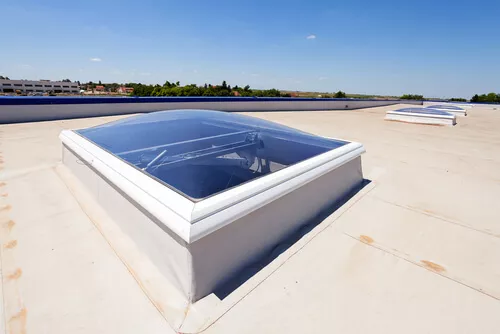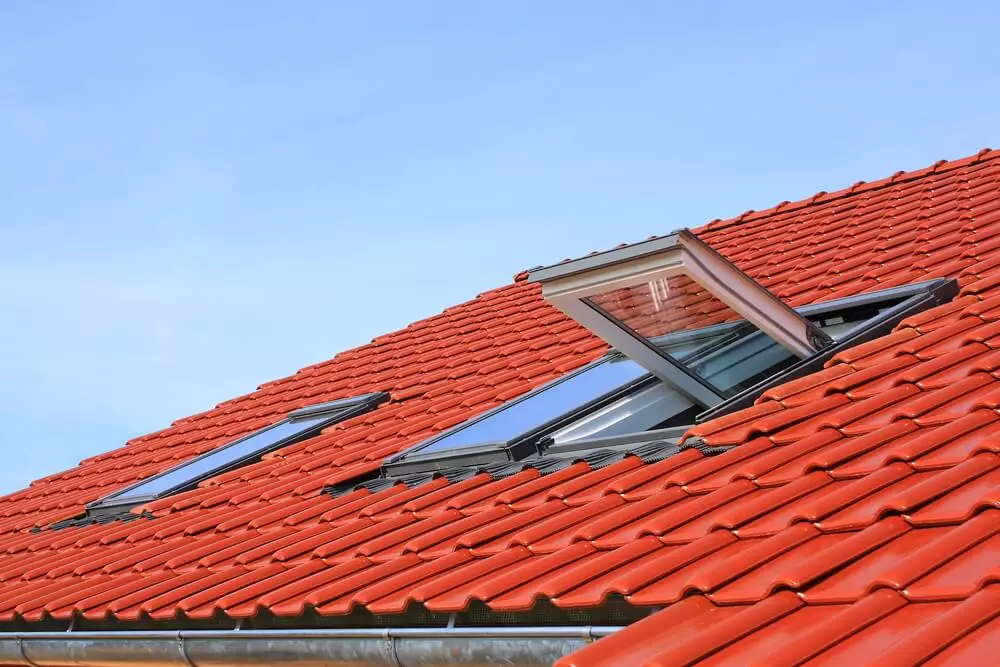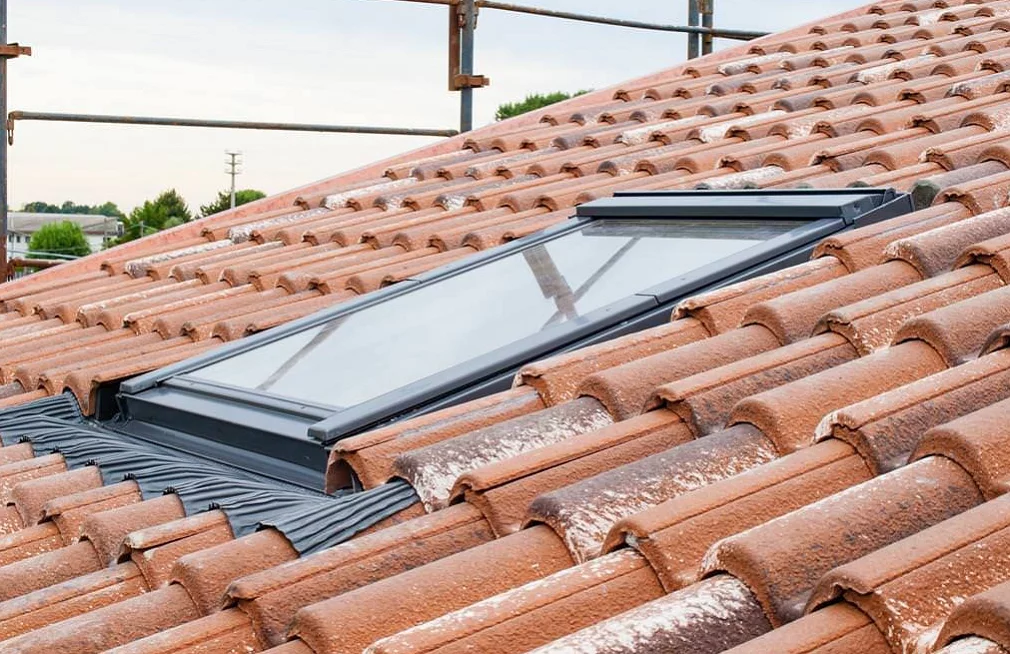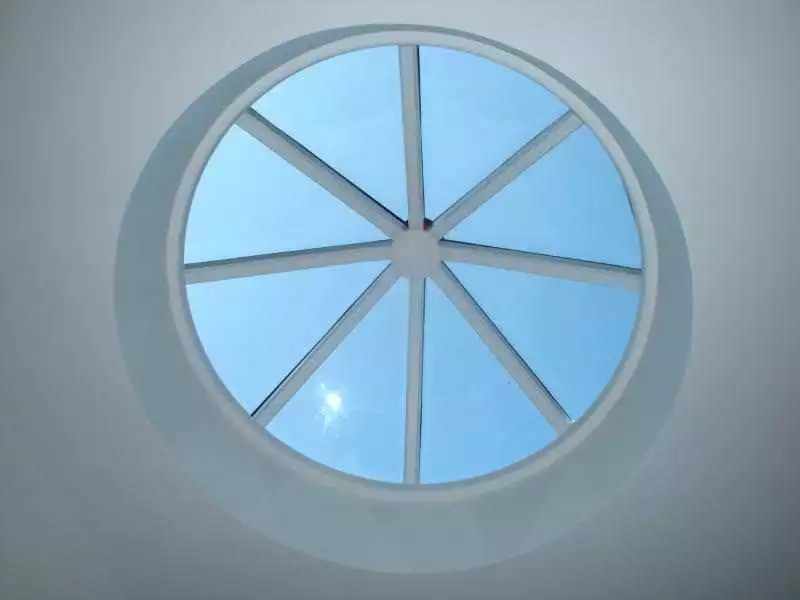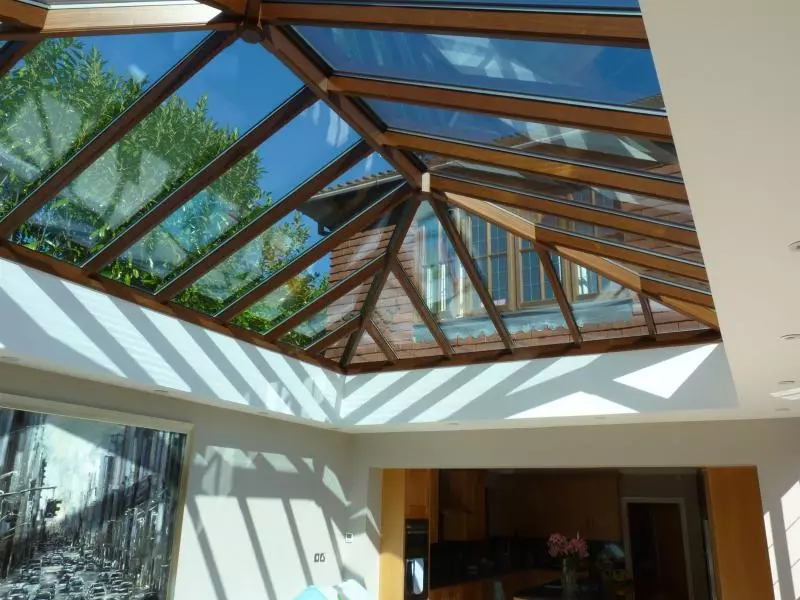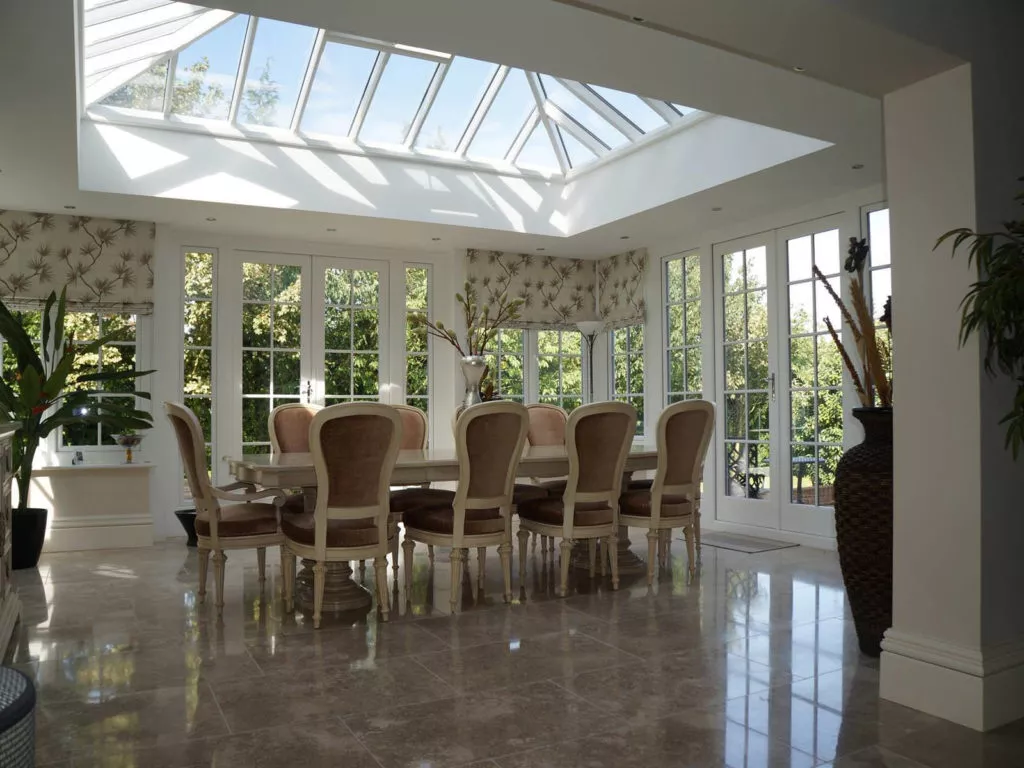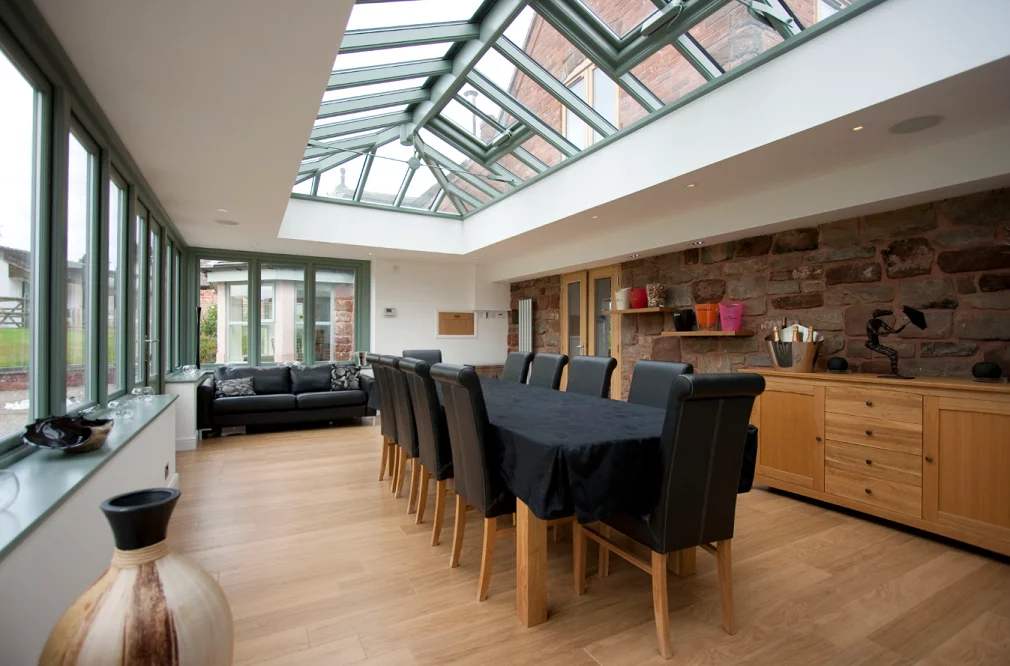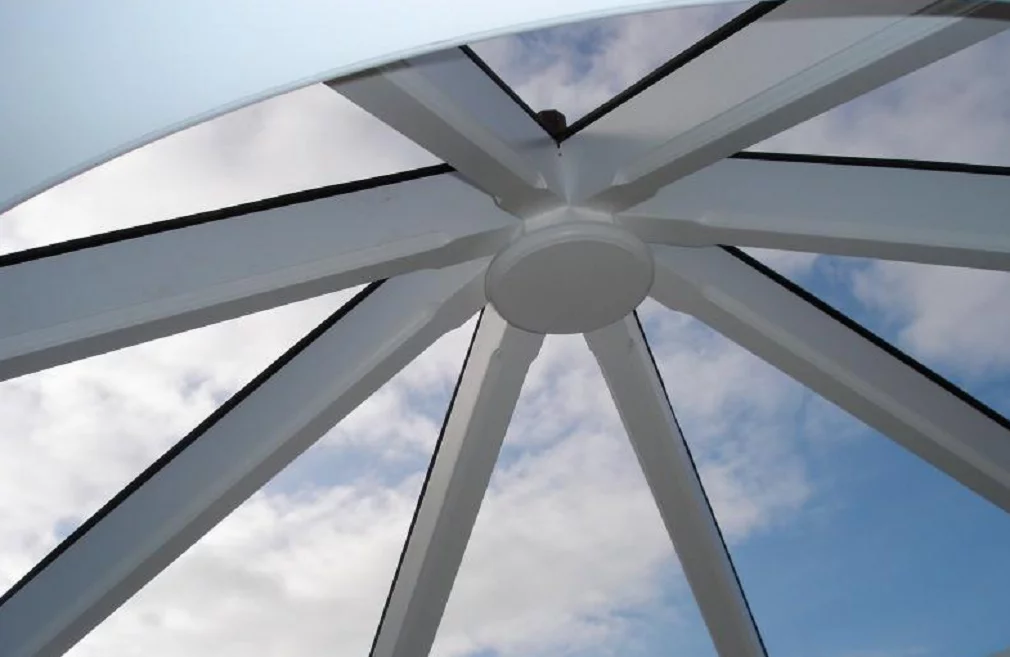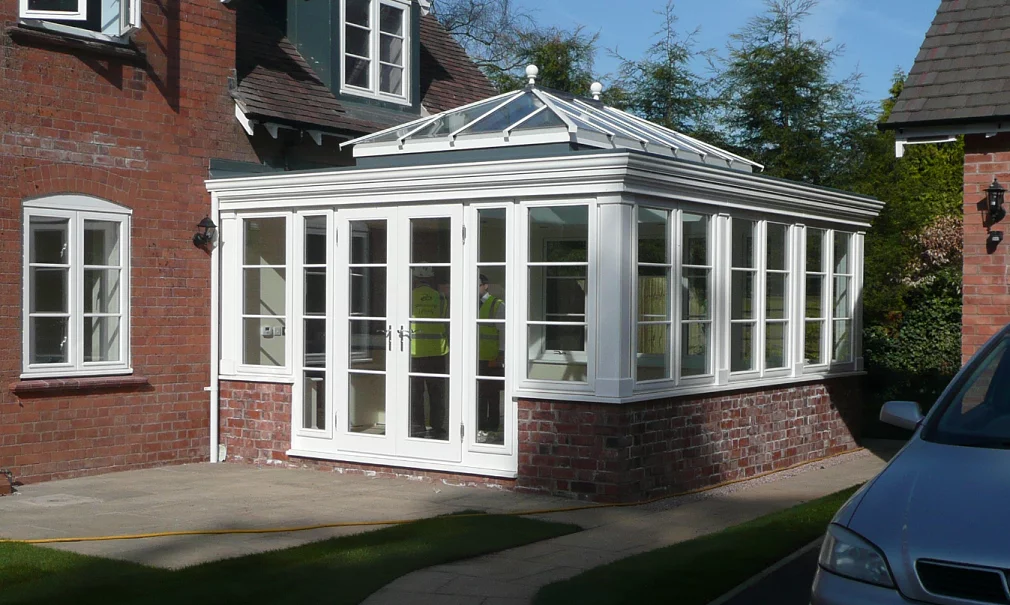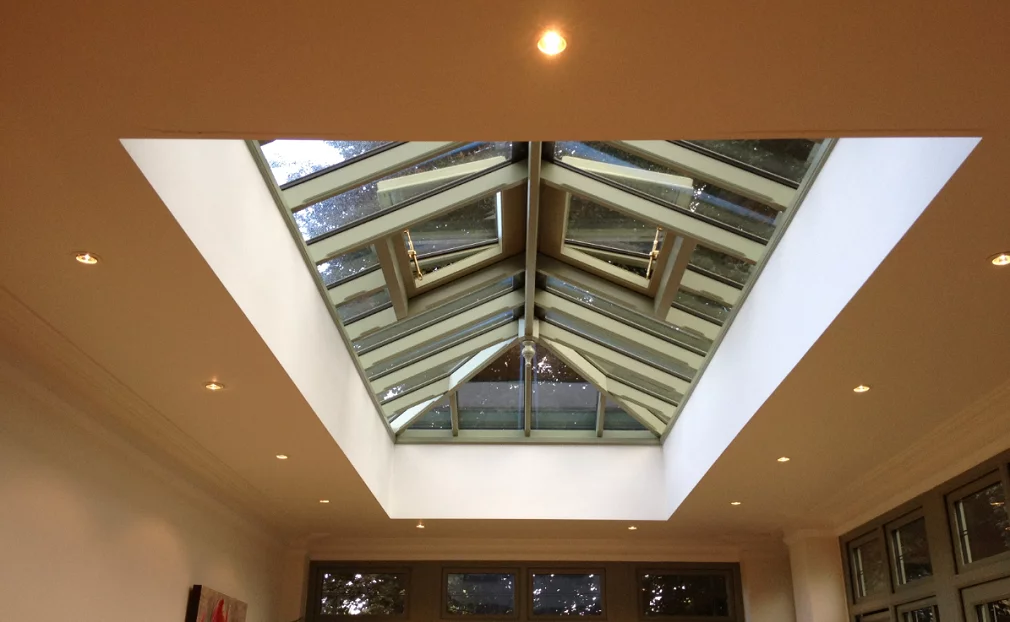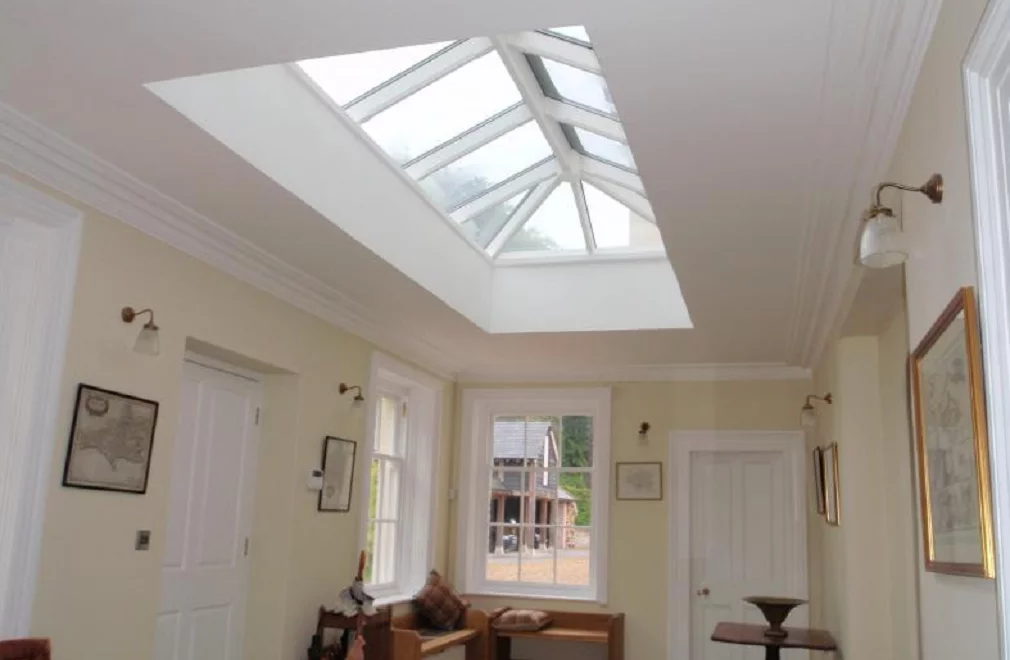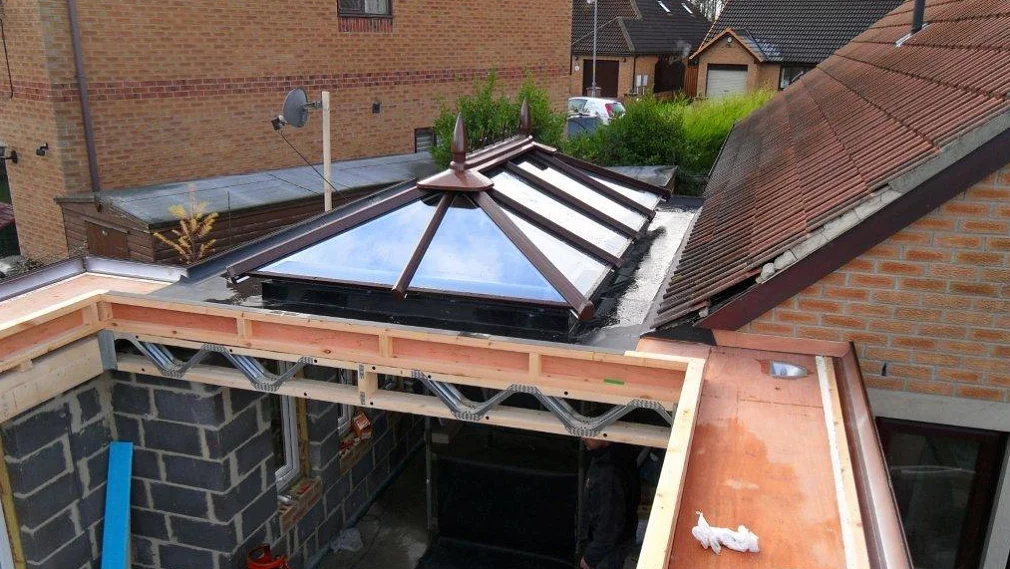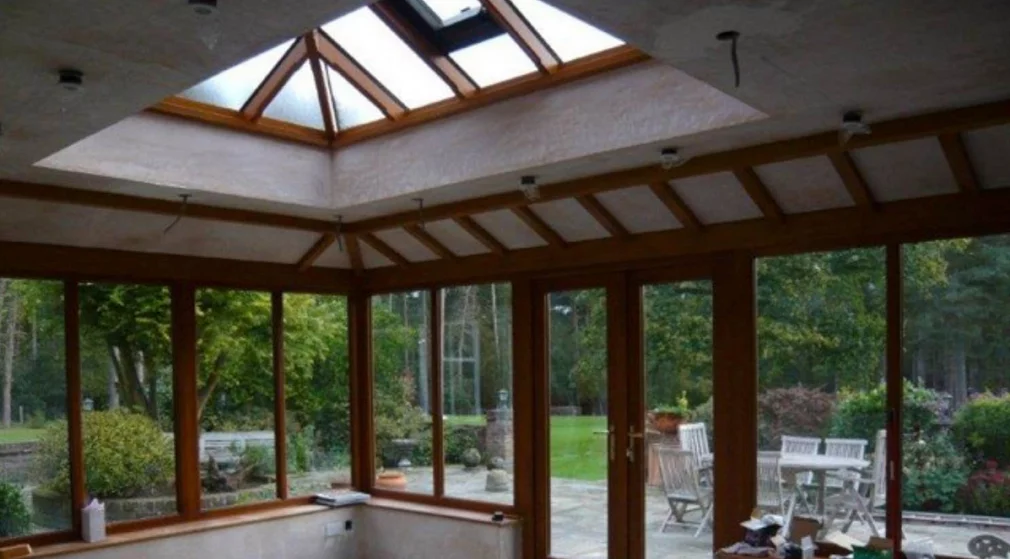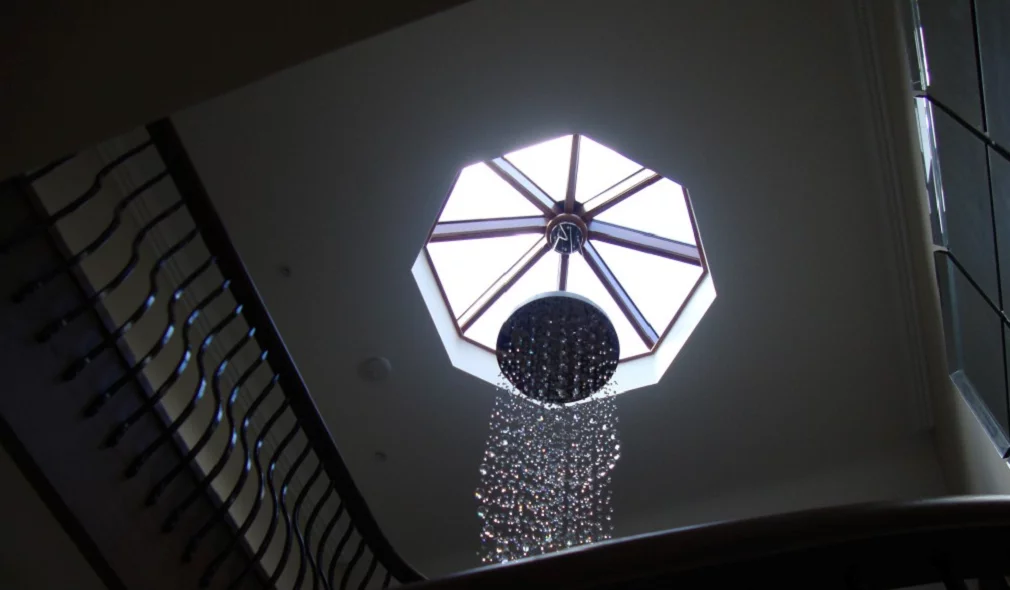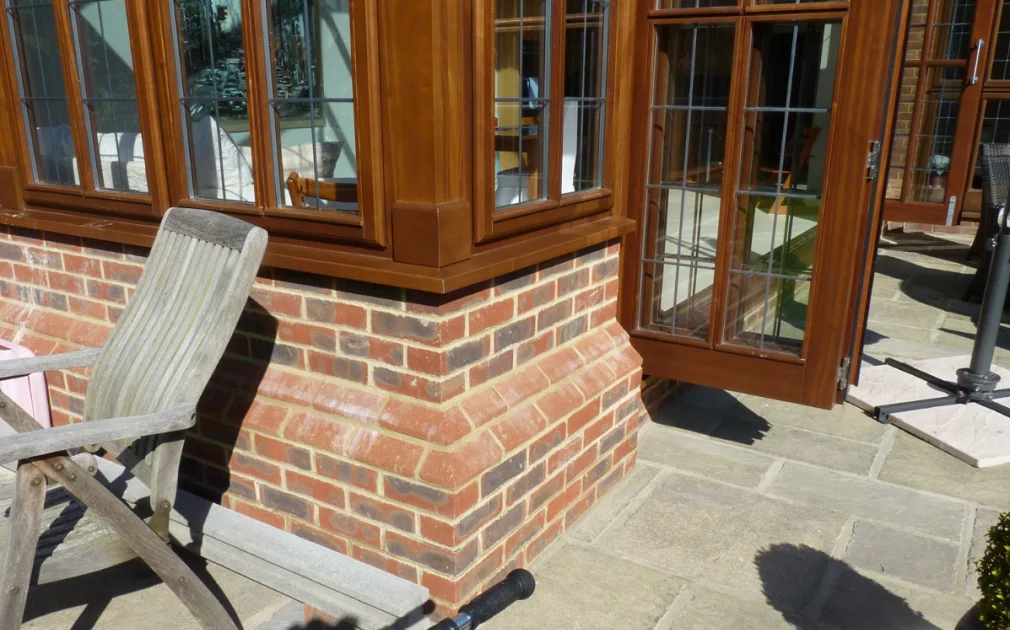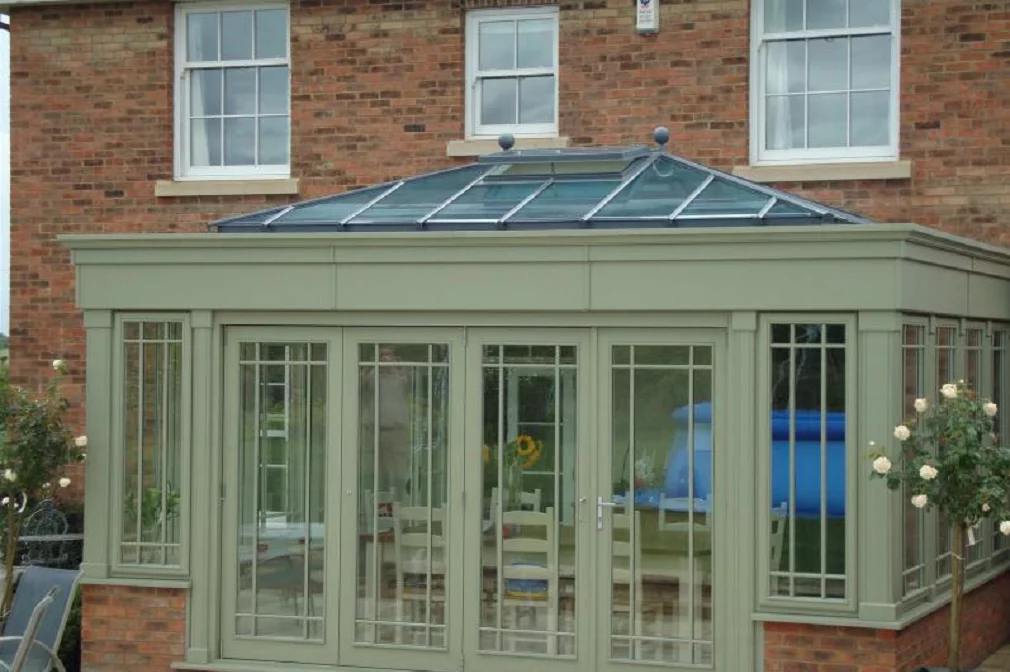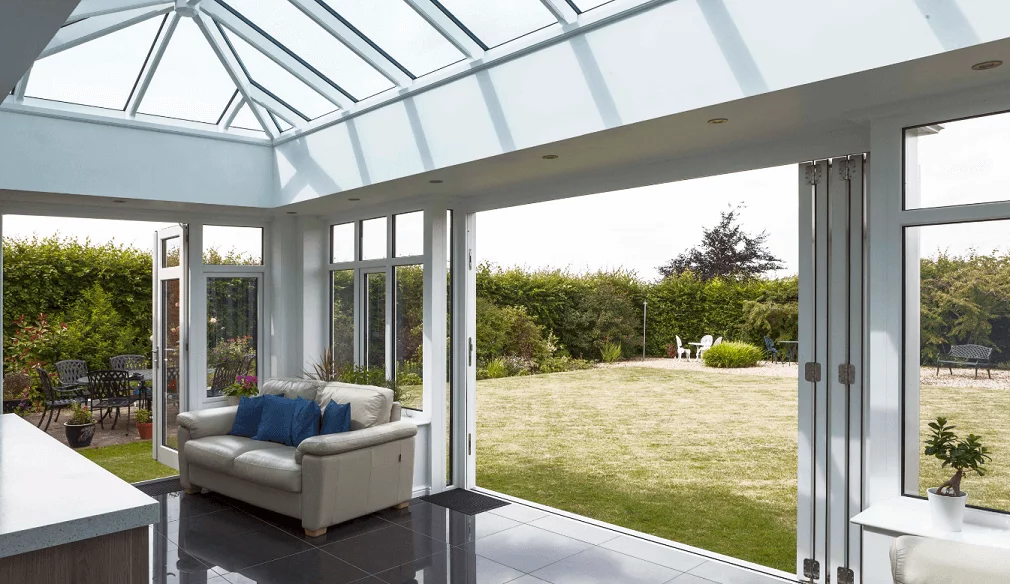From Dim to Brilliant: Choosing the Perfect Skylight to Brighten Your Extension!
If you’ve just added an extension onto your home, or if you’re considering building an extension to increase your home’s overall footprint, you might be wondering how to add natural light into your new space.
Because we all need more exposure to natural light, especially in the winter months and on darker days. Sunlight and vitamin D are not just necessary for our physical health, but for our mental health too.
So how do you up the ante and turn a dark room into a bright, light space that will instantly lift your mood, making you feel happier?
There are multiple ways to get more natural light into dark rooms, from moving furniture around to installing a roof lantern.
The Evolution of Roof Lantern Design
While roof lanterns have existed for centuries to amplify natural light, recent innovations in glazing, materials, automation and fabrication push contemporary iterations dramatically forward. Today’s roof lanterns extend far beyond basic windowed shelters into sculptural sustainable centerpieces fusing cutting-edge technology with audacious creativity.
Advanced compound glass substrates with spectrally-selective coatings optimize heat modulation and illumination color quality. Aerospace-grade composite frames enable sweeping curves and slimline profiles. Skylight surfaces dynamically adjust transparency via liquid crystal integration or electrochromic tinting, providing touchscreen or voice-activated shading aligned with rays. Some even harness photovoltaic solar power generation.
CAD tools help architects experiment with complex asymmetrical angular geometries and simulate lighting dispersal patterns to customize perfect sky-framing visibility for bespoke spaces. Robotic arms precisely handle hazardous material fabrication once requiring dangerous manual glasswork. The modern roof lantern surpasses static sheltering origin stories.
Maximizing Energy Efficiency
While instilling beauty and wonder is paramount, today’s roof lanterns also intelligently minimize environmental footprints through passive and active approaches:
- Strategic overhang angles preventing overbearing summer sun while inviting warming winter rays
- Insulated frames mitigating conductive heat transfer
- Low-emissivity SPF inner glazing layers trapping absorbed warmth
- Integrated LED nodes for ambitious renewable energy contributions
- Automated louvers tracking sun positions, opening for fresh cross-ventilation when possible
- Rain sensors triggering module closure during extreme weather events
Far eclipsing outdated leaky models losing efficiency, contemporary intelligent roof lanterns act as shining beacons for the sustainability movement.
5 ways to get more natural light into your extension
- Remove dark furniture and lay down light rugs to cover dark floor boards, or paint them white.
- Add mirrors and shiny, reflective surfaces into your extension to keep the light that is in the room, bouncing around in there.
- Paint the walls in light, neutral colours such as creams, greys and whites to improve the natural light in dark rooms.
- Remove any heavy curtains or ones made from dark materials that absorb natural light. Not only will light colours and lightweight materials encourage more light into a room, they’ll also lift your mood too.
- Install a roof lantern.
Natural Light Roof Lantern
Not only will a roof lantern add an extra dimension onto your extension, but it will add natural daylight into your home too.
No, a roof lantern in your extension won’t just add natural daylight, it will bring in twice the daylight into your extension (compared to having a closed roof). By installing a small skylight into your extension, you can transform your room instantly.
Because who wants to live in a dark room, illuminated by electricity?
Modern homes are designed to allow as much natural light inside as possible, to remove the standard barriers between outside and inside spaces, to open your home up to the elements, while keeping it warm and cosy at the same time.
But the addition of an extension can create dark spaces, especially if you’re removing windows that naturally lit the old room to make way for it.
So brighten your extension with a roof lantern.
What is a roof lantern?
A roof lantern isn’t just a guaranteed way to increase the value of your property as well as its marketability. A roof lantern is a great way to generate more natural light in your home – a highly prized architectural feature.
A roof lantern isn’t a structure suspended from your roof, giving out light, the term is a bit of a misnomer. A roof lantern in fact is a small window or a covered glass opening built into the roof of a room, designed to allow natural light to flood the space below.
Roof lanterns come in many shapes and sizes – square, pyramid, flat, octagonal, the choice is yours (and dependent on the space you have available.)
Sometimes roof lanterns are called skylights or roof lights, but they are the same idea – a window installed in the ceiling to add natural daylight into a room. The focus for a roof lantern is to maximise the glass area and minimise the size of the frame, to allow as much natural light in your extension as possible.
Roof Lantern Brighten Extension
If you think installing a roof lantern into your extension will make it unbearably hot in summer and perishing cold in winter, think again.
Modern glass is now able to trap heat much more efficiently, meaning your extension with roof lantern will be warm and cosy in the winter, keeping your family roasty toasty and lowering your heating bills. And with the addition of vents, you can allow air into the extension in the summer months, to circulate and cool the room.
And roof lanterns aren’t a costly addition to brighten your extension. Roof lantern prices typically depend on the size of your chosen roof lantern and the materials it is made from. In general, a roof lantern will work out cheaper than a fully glazed roof, and is much cheaper and much quicker to install.
Also, you do not typically require planning permission* to install a roof lantern. So if you’re looking for a way to add twice the daylight into your extension, quickly, a roof lantern (which falls under permitted development), is the way to go.
*There are always exceptions to any rule, and in the case of roof lanterns you may require planning permission if the roof lantern is more than 150mm from the existing roof’s plane, or if the side facing windows of the roof lantern are not obscure glazed, or if the roof lantern is less than 1.7m from the floor.
Roof Lantern Transform Extension
It’s amazing how a small skylight can transform your extension. Simply by adding in a roof lantern to your extension will naturally brighten the space, adding twice the daylight into your extension. So if you’re looking for a way to brighten your extension, install a roof lantern and reap the natural light rewards all year round.
With contemporary advancements in glass performance, automation integrations and material engineering, today’s roof lanterns eclipse outdated conceptions of leaky afterthoughts into bespoke sustainable centerpieces artfully customized to your lifestyle needs and environmental ethos. Let our specialists collaborate to help conceive the perfect custom skylight creation tailored precisely to you – magnifying the sunlight potentials of your space for decades ahead while minimizing consumptive footprints. The future beckons your rooms out of the shadows and into radiant possibility.
FAQ
What are the latest innovations in roof lantern technology?
From electrochromic glass tinting to automated moisture sensor-triggered louver closing to building integrated photovoltaics, contemporary roof lanterns feature advanced integrations dramatically improving light optimization, energy efficiency and ambient atmosphere personalization.
What specialty glass types are available for roof lanterns?
Various specialized glazing options exist beyond standard glass, including self-cleaning, noise-reducing, solar control, low-emissivity, electrochromic, aerogel and luminescent glasses – all helping maximize desired functionality like thermal insulation, sound dampening, tint adjustment or external condition protections.
Can roof lanterns be environmentally friendly?
Yes, sustainable material selections, bio-based composite frames, solar enhancements and intelligent automation controls enable roof lanterns to minimize or even eliminate net energy consumption while still providing beautiful natural lighting.
How are custom roof lanterns fabricated?
Leveraging 3D modelling, CNC machining equipment and advanced robotic manufacturing techniques, completely bespoke roof lantern geometries, sizes and material makeups actualizing even the most elaborate client concepts are made possible.

